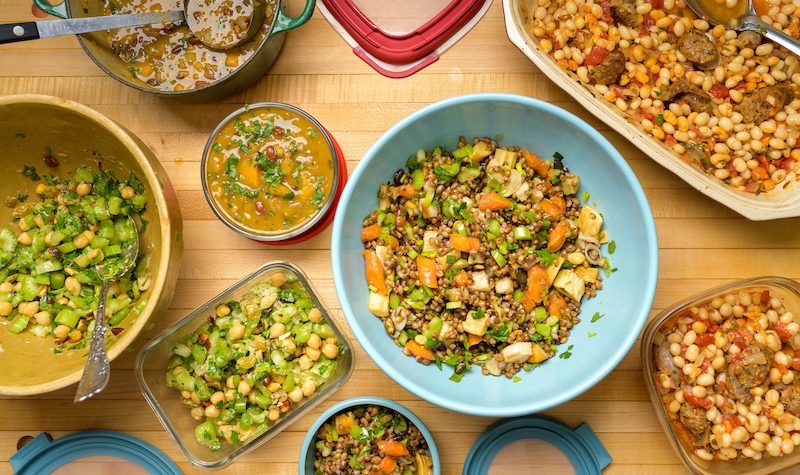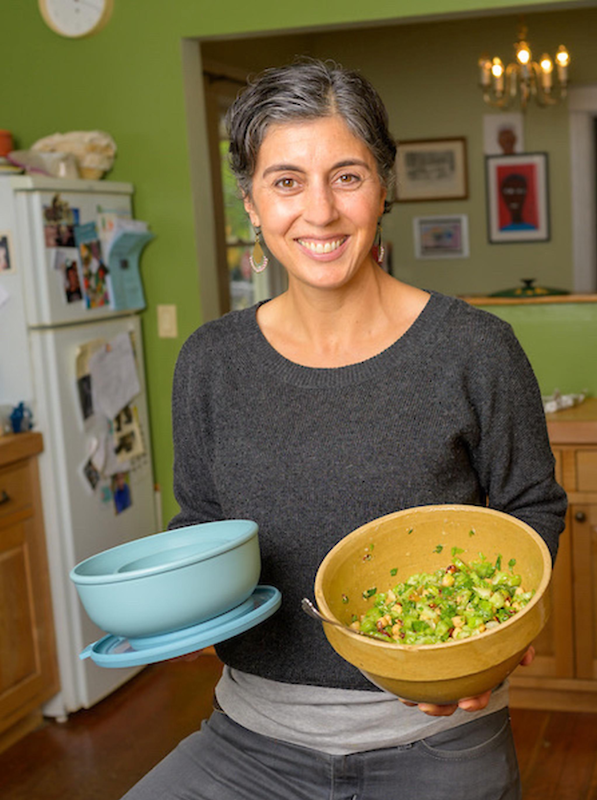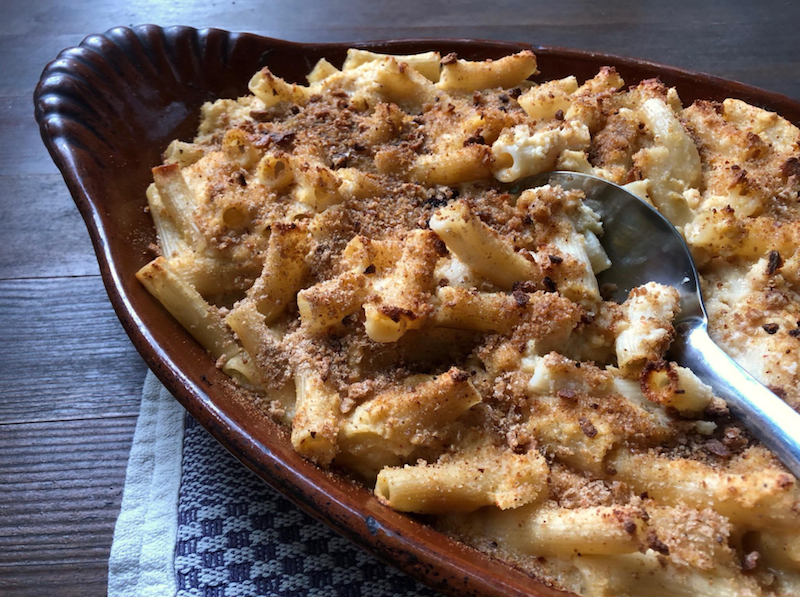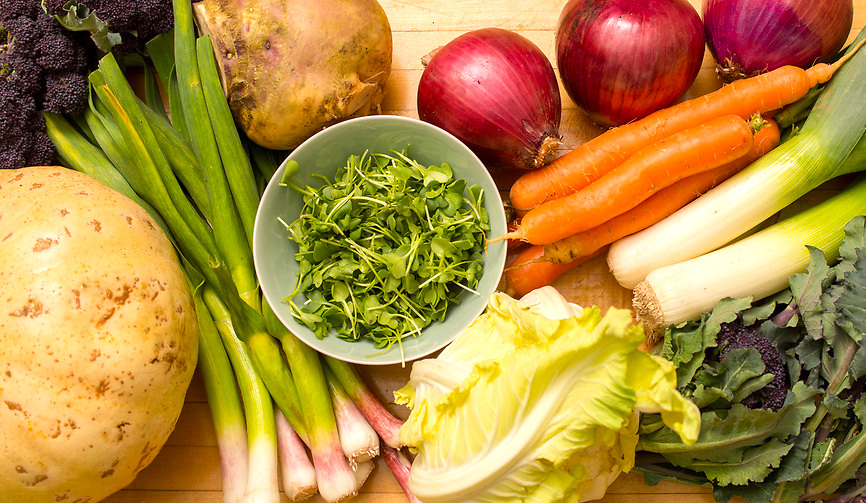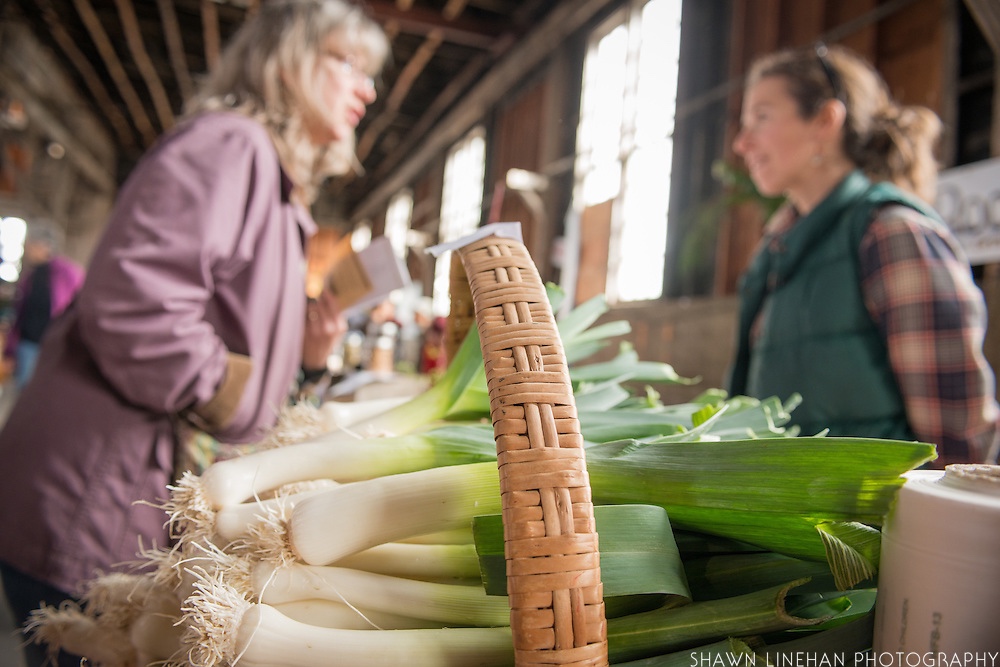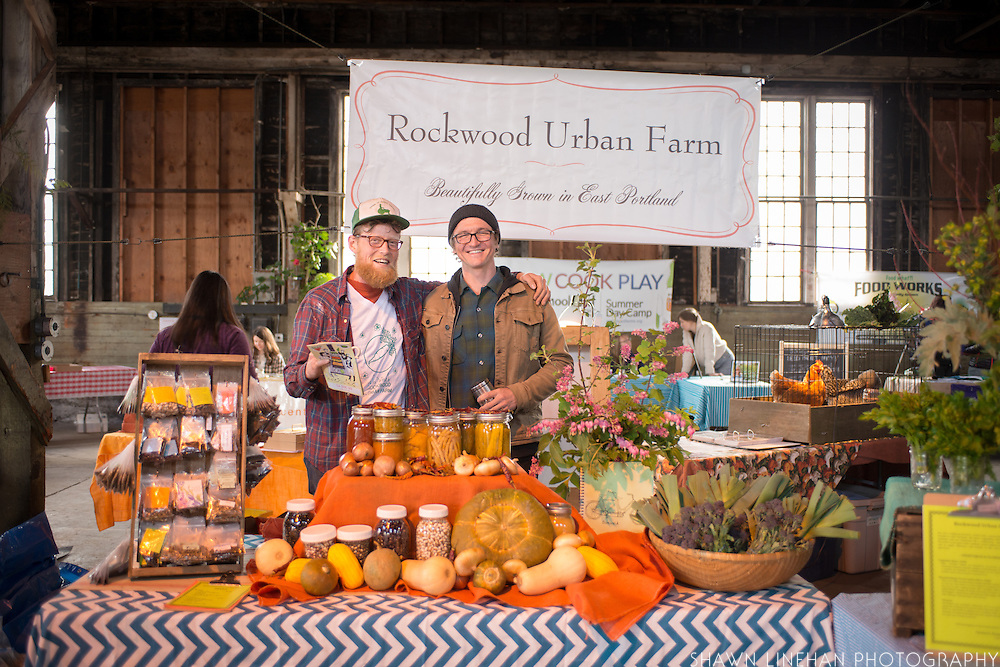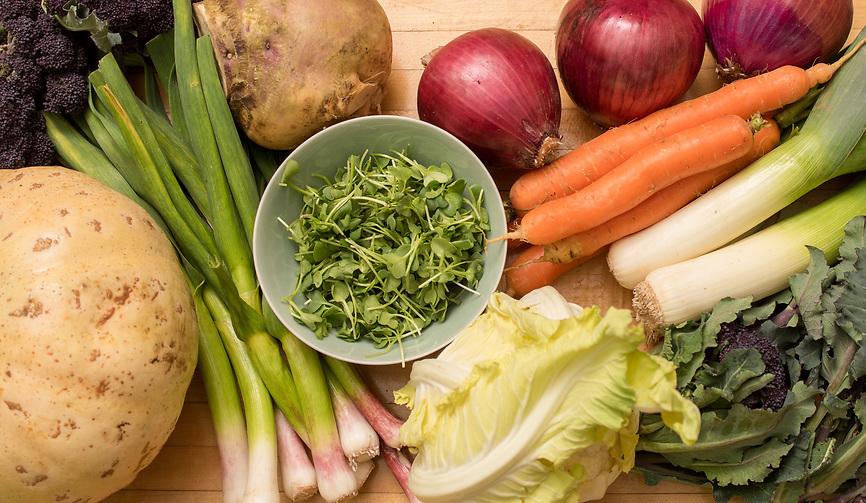
What the Heck is a CSA? Find Out at the Share Fair!
It's Community Supported Agriculture (CSA) Week, so I'm reposting this Q & A from 2019 with details on this year's CSA Share Fair at the bottom of the post:
The CSA Share Fair on Sunday, March 3, is a chance to meet more than 45 local farmers, ranchers and fishers who offer Community Supported Agriculture (CSA) shares to the public. They'll be showcasing various options, including vegetables, fruits, pastured meats, wild fish, eggs, flowers, honey and more. To keep it simple for you, there's a matchmaking service where you can check off what you're interested in and a helpful volunteer will point you toward the best farmer for you! Time and location of the 2024 CSA Share Fair are at the bottom of this post.
If you're not sure what a CSA is or if there's one that might be right for you, here's a Q & A with CSA maven Katherine Deumling of Cook With What You Have.

Why join a CSA?
Joining a classic CSA gives you a window onto a farm and what it takes to grow the delicious variety of things that you'll receive in your share each week. The farmer chooses what's best that week that can relieve you of most of your decision-making, though more CSAs are giving members the option to order from a list of what's available. I actually love not having to make any decisions about what produce I'm getting because then I can concentrate on being creative with what I receive.
CSA farmers in our region tend to grow a staggering variety of produce and typify the saying, "What grows together, goes together!" Belonging to a CSA has expanded my repertoire and introduced me to vegetables I wouldn't have picked up at the farmers' market, though some people are not so keen on the "no-choice" bit. My online Seasonal Recipe Collection comes in handy, since the recipes are sorted by vegetable and there is a thorough introduction for each vegetable.
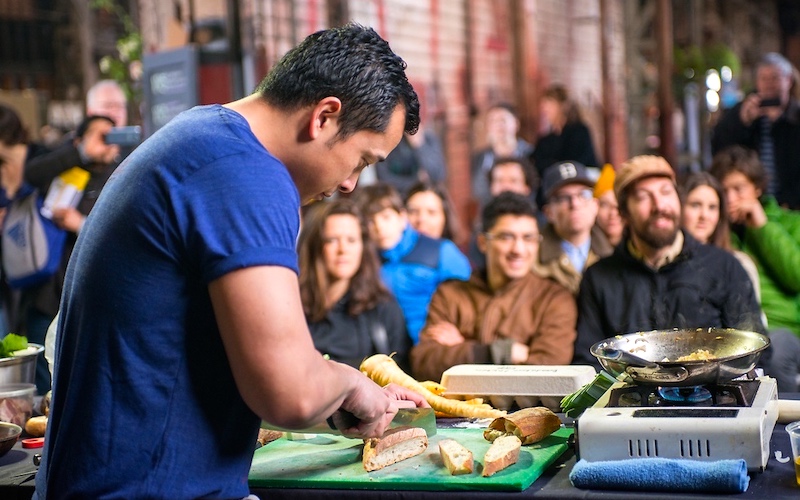
I also subscribe to a CSA because it helps me budget, and when you calculate out the cost of a CSA by the week it is quite reasonable. I pay up front or in a few installments, and then supplement from the farmers' market or the store with fruits or occasional vegetables I'm not getting in my CSA—like asparagus, artichokes and a few other things that aren't typically found in a CSA. If I know I'll be getting my gorgeous box of produce each week, I won't be tempted to buy other things, to make the most what I've already paid for.
What are the different kinds of CSAs?
Some CSAs focus exclusively on produce, some also include fruit like blueberries, strawberries, rhubarb, apples, pears, quince and so forth. Some give you the option to add an extra Salad Share for those who love salad greens; others might give the option to add eggs, honey, flowers or meat. Some CSA farms work together with other area farms to offer such a wide array. And then there are exclusive meat and fish CSAs as well as CSAs that focus on a single crop like apples or flowers.
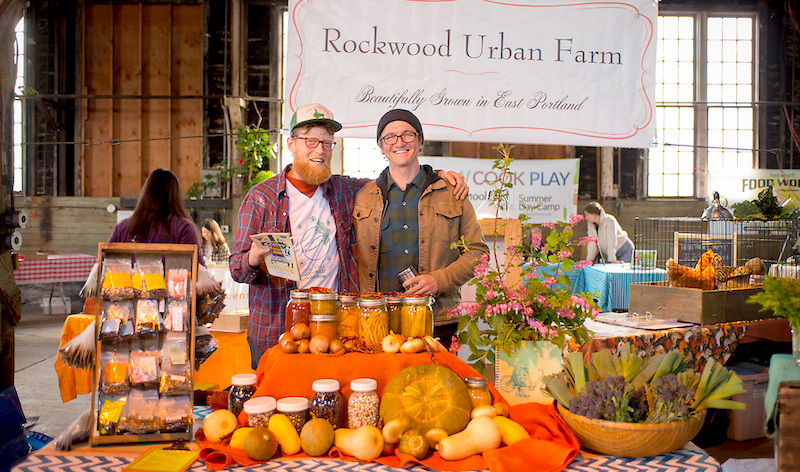
There are so many local farms offering CSAs. What should I consider before joining a CSA?
Generally, if you want super-delicious produce and can't always make it to a farmers' market, a CSA is for you. If you like to cook or want to cook more and are typically home most nights of the week, a CSA is definitely for you. If, on the other hand, you travel a lot or are out a lot at night, you'll struggle to keep up with the produce.
Think about the size of your household and your family members' eating habits to decide if a CSA is a good idea or not—do you all like vegetables or are open to trying them? How much do you think you'll eat? You might start with a half share (most farms offer two different-size shares) and see how that works, setting yourself up for success rather than the guilt of wasting some. Also consider if the pick-up site is convenient (some CSAs deliver to your door as well). But make sure you think about the logistics of picking up your share—make a plan with a friend or neighbor, either to share the CSA or both do it so you can alternate doing the pick up. This is great community-building in and of itself, and you can also share ideas of what to do with less familiar produce.
Does a CSA subscription make sense for a single person?
It very much depends on the person—if you are a vegetable lover and like to cook and entertain, by all means. If I were single I would buy a CSA but I do cook and eat more vegetables than almost anyone I know! And again, consider a half-share or splitting it with a neighbor or friend.
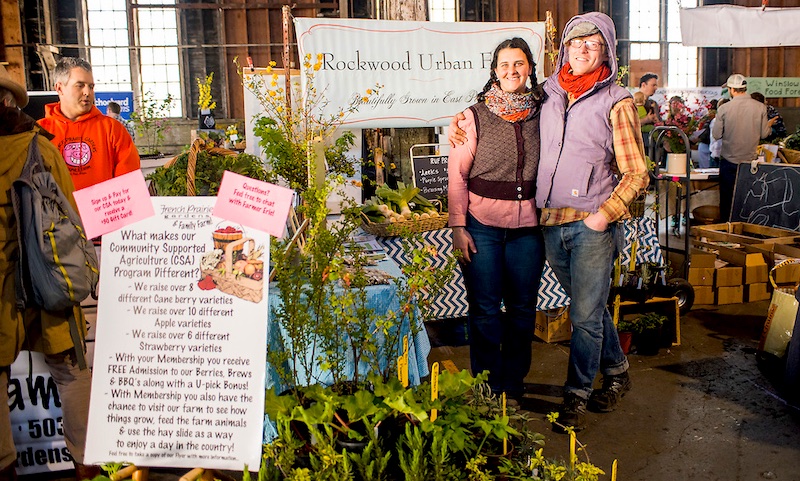
I'm afraid I'd be paying for produce I can't use or my family won't eat, and I know nothing about rutabagas or kohlrabi. What should I do?
This is an important factor to consider carefully. As I noted earlier, I have vastly expanded my appreciation of certain vegetables (rutabagas being at the top of that list) by becoming a CSA member and I've enjoyed that.
There are a handful good cooking techniques and methods—think grated vegetable pancakes, like latkes—that are a critical to successful CSA cooking. In fact I added a grated rutabaga to fried rice the other night and it was delicious! And if you occasionally share an extra kohlrabi with a neighbor (I have definitely done that, too) the benefits of the flavor, nutrition and connection to your place and those growing our food may well trump the "kohlrabi hardship"!
I don't drive. How would I pick up my share?
I pick up my share by bike and it works well. Most CSA shares will fit into two typical panniers. Some CSAs have pick-ups at companies or farmers' markets so you might inquire if your place of work is linked up with a CSA farm or ask them if they might consider it. Some CSAs even offer home delivery, so if you find one you're interested in, definitely ask them!
Details: CSA Share Fair, Sun., Mar. 3, 10 am-1 pm; free. Event at The Redd, 831 SE Salmon St. If you can't make it to the Share Fair, there's a listing of Northwest CSAs at PNWCSA.org.
Photos by Shawn Linehan.
